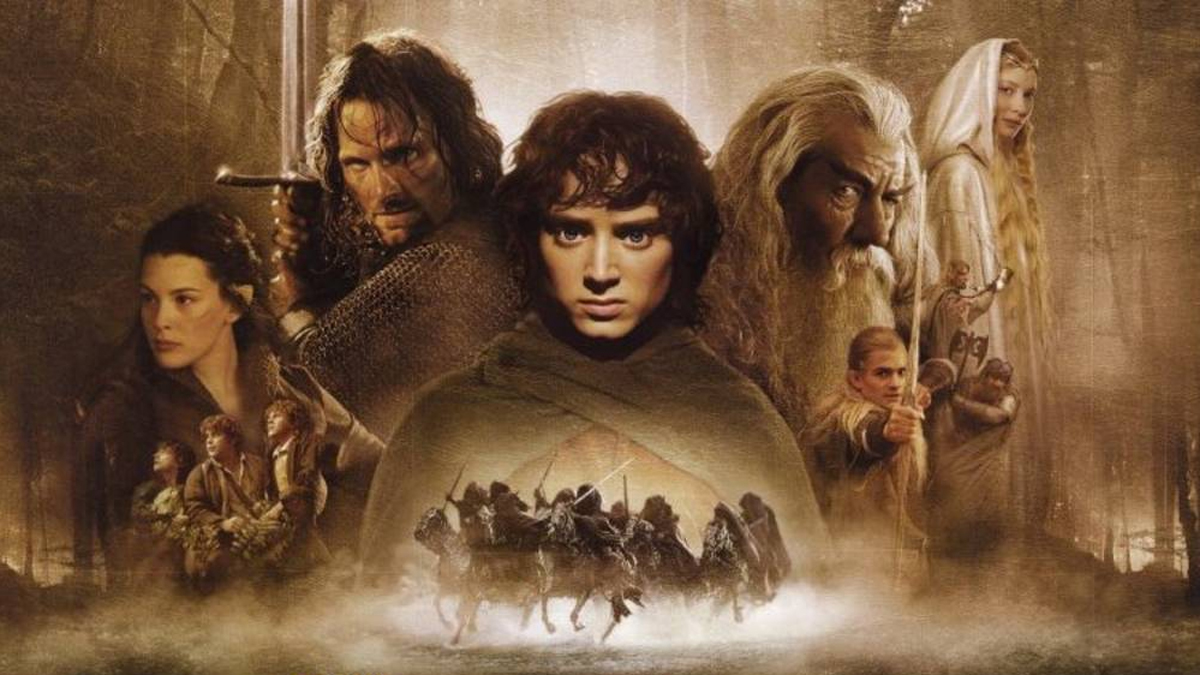From Paper To Screen: A Lord of the Rings Story
From Paper to Screen: A Lord of the Rings Story
By Cameron Copeland
In the vast realm of cinematic adaptations, few tales have captivated audiences and defined a genre quite like J.R.R. Tolkien's The Lord of the Rings. What began as a masterpiece of literature, weaving together intricate lore, compelling characters, and epic battles in the mythical land of Middle-earth, transcended its pages to become a landmark in film history. Peter Jackson's ambitious adaptation, spanning three monumental films released between 2001 and 2003, stands as a testament to the transformative power of storytelling across mediums.
The Birth of a Literary Epic
Published in the mid-20th century, Tolkien's The Lord of the Rings emerged from the author's deep-rooted love for mythology, linguistics, and a desire to craft a modern mythos. The trilogy, consisting of The Fellowship of the Ring, The Two Towers, and The Return of the King, set against the backdrop of an ancient struggle between the forces of light and darkness, quickly gained a devoted following. Tolkien's meticulous world-building and attention to detail created a universe that felt as tangible as it was fantastical, drawing readers into a narrative brimming with heroes, villains, and the timeless battle for Middle-earth.
The Challenge of Adaptation
Bringing Tolkien's sprawling narrative to life on the silver screen presented a monumental challenge. Peter Jackson, a filmmaker known for his visionary storytelling and commitment to authenticity, embarked on a journey as epic as the story itself. Collaborating with a team of dedicated artists, writers, and designers, Jackson sought to honor Tolkien's vision while crafting a cinematic experience that would resonate with both longtime fans and newcomers alike.
Casting the Fellowship
Central to the success of any adaptation are its characters, and The Lord of the Rings offered a diverse ensemble that became iconic in their own right. From the humble hobbits—Frodo Baggins (portrayed by Elijah Wood), Samwise Gamgee (Sean Astin), Merry Brandybuck (Dominic Monaghan), and Pippin Took (Billy Boyd)—to the enigmatic wizard Gandalf (Sir Ian McKellen), the casting choices were pivotal in capturing the essence of Tolkien's beloved creations. Each actor brought depth and nuance to their roles, imbuing the characters with humanity and forging emotional connections that would resonate throughout the trilogy.
Creating Middle-Earth
Central to the success of Jackson's adaptation was the meticulous recreation of Middle-earth itself. From the serene beauty of the Shire to the foreboding peaks of Mordor, every corner of Tolkien's world was brought to life through stunning cinematography, intricate set design, and cutting-edge visual effects. Weta Workshop, under the guidance of Richard Taylor, crafted armor, weapons, and prosthetics that lent authenticity to the diverse cultures and races populating Middle-earth. The attention to detail extended beyond mere aesthetics, incorporating language, music, and cultural nuances that enriched the immersive experience of the films.
Epic Scope and Narrative Adaptation
Adapting Tolkien's narrative for the screen required judicious editing and a keen understanding of storytelling dynamics. Jackson and his team navigated the complex web of subplots and character arcs, condensing and reimagining certain elements to maintain narrative coherence while preserving the spirit of the source material. Key themes—friendship, sacrifice, and the struggle against overwhelming odds—remained at the forefront, anchoring the films in the emotional core that made Tolkien's work resonate across generations.
Critical and Cultural Impact
Upon their release, Jackson's adaptations of The Lord of the Rings garnered widespread acclaim from critics and audiences alike. The trilogy swept the Academy Awards, earning a total of seventeen Oscars, including Best Picture for The Return of the King. Beyond accolades, the films ignited a global phenomenon, inspiring renewed interest in Tolkien's writings and setting a benchmark for cinematic storytelling in the fantasy genre.
Legacy and Influence
Two decades since their initial release, the legacy of Jackson's The Lord of the Rings trilogy endures. The films continue to captivate new audiences, their impact shaping the landscape of contemporary fantasy cinema. The success of the adaptations paved the way for subsequent projects, including The Hobbit trilogy, and sparked a resurgence of interest in epic storytelling on both the big and small screens.
Conclusion
The Lord of the Rings, from its inception as a literary masterpiece to its evolution into a cinematic triumph, stands as a testament to the enduring power of myth and the art of storytelling. Peter Jackson's adaptation remains a landmark achievement, a testament to the collaborative spirit of filmmaking and a faithful homage to J.R.R. Tolkien's unparalleled imagination. As Middle-earth continues to beckon audiences into its enchanting realms, the journey from paper to screen stands as a timeless saga of creativity, passion, and the enduring magic of a world born from the depths of imagination.

Comments
Post a Comment